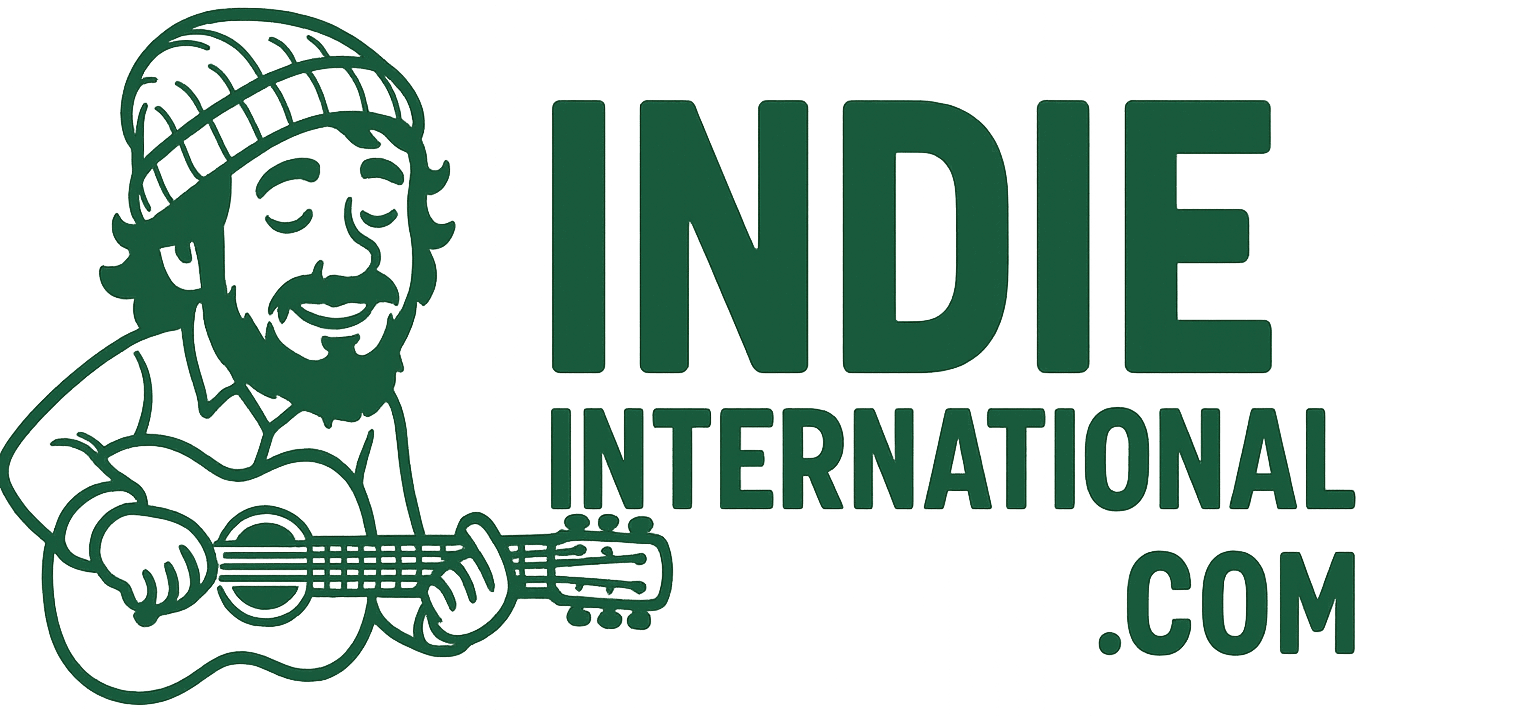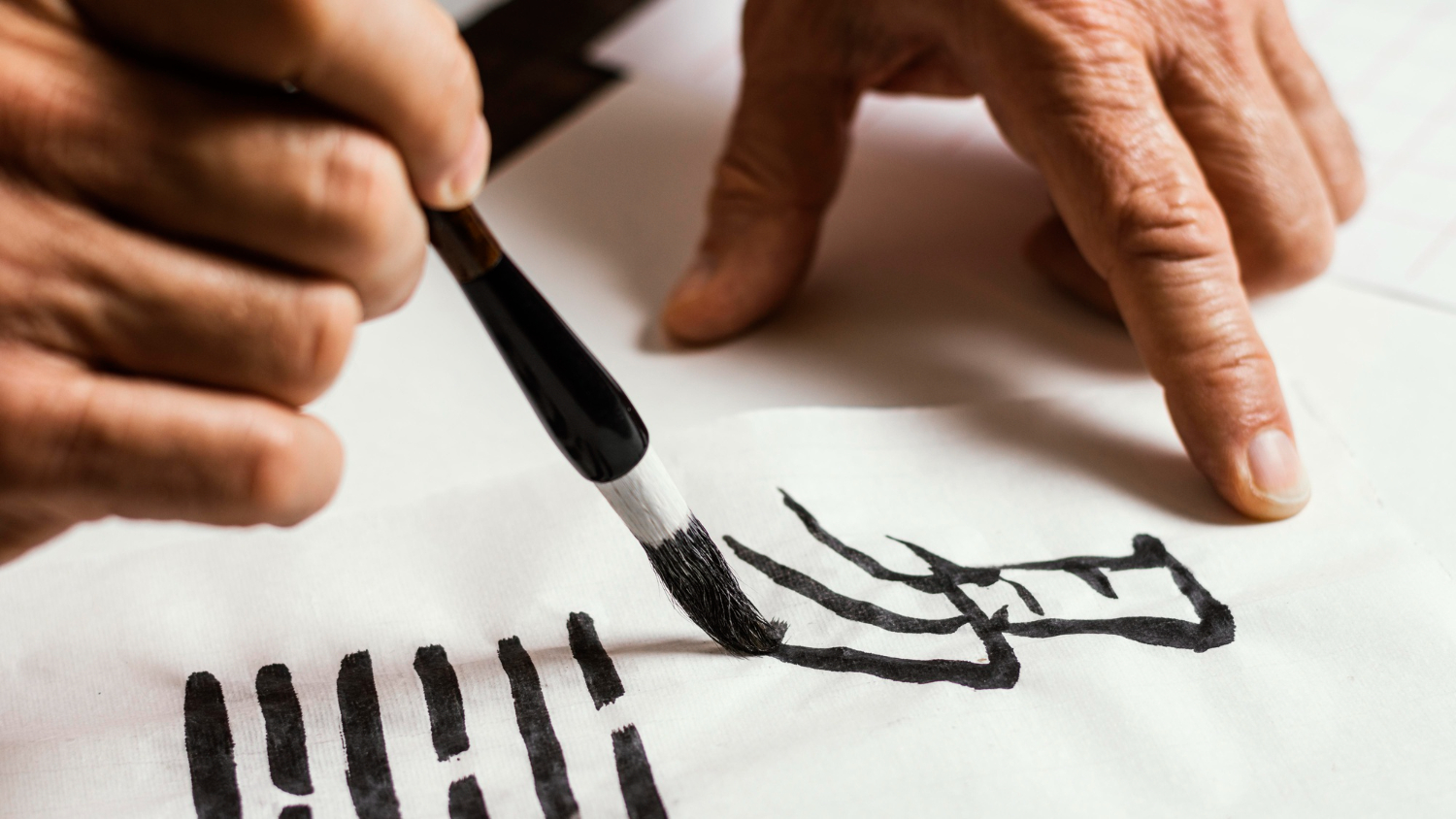Songwriting is such a personal journey, but it’s also a deeply interconnected art form. Over the years, I’ve discovered that some of my most vivid lyrics and memorable songs didn’t come just from music or words alone. They were sparked by something visual, paintings, photographs, sculptures, or even the colors and shapes in the natural world.
Using visual art as a source of inspiration has opened up a whole new creative doorway for me. Whether I’m parked near a gallery in a city, browsing art online while camping, or just admiring patterns on a weathered tree bark, visual cues trigger emotions and stories I can translate into lyrics.
In this article, I want to take you through how I use visual art to inspire songwriting, why it’s such a powerful tool, and practical ways you can bring imagery into your lyric writing process , even if you don’t consider yourself an artist.
Why Visual Art and Lyrics Connect So Well
I’ve always felt that lyrics and visual art speak the same emotional language, just through different senses. A painting or photo can capture a moment, a feeling, or a story without a single word, and lyrics do something similar through sound and meaning.
When I look at art, I’m not just seeing colors or shapes , I’m sensing mood, tension, movement, or stillness. This emotional undercurrent feeds directly into how I think about writing lyrics. The abstract or concrete elements in a visual piece can spark metaphors, phrases, or themes I might never reach otherwise.
Visual art also helps me move beyond clichés. Instead of relying on typical love song phrases, I might describe the colors of a sunset in a painting or the texture of cracked paint on an old door , these fresh images give my lyrics life and originality.
How I Start Using Visual Art for Songwriting
Usually, it begins with pure observation. If I’m near a gallery or public art installation, I’ll spend time just absorbing the work without trying to write right away. I ask myself questions like: What story do I see here? What emotions bubble up? What’s happening beyond the edges of the canvas?
Sometimes, I snap a quick photo or make a note of the artwork title and artist. Other times, I sketch a rough version or jot down words that come to mind.
If I’m camping or on the road, I might use nature itself as a form of visual art , the interplay of light and shadow, colors in the sky, or patterns in leaves and stones.
Once I’ve gathered these impressions, I let them simmer a bit before diving into lyrics. I find that giving my mind space helps ideas develop organically.
Using Colors and Textures as Metaphors
One of my favorite ways to translate visual art into lyrics is through colors and textures. Colors carry emotional weight , deep blues can evoke sadness or calm, fiery reds bring passion or anger, and soft pastels might suggest nostalgia or peace.
Textures , rough, smooth, cracked, glossy , also tell stories about the passage of time, resilience, or fragility.
When I look at a painting with swirling brushstrokes or a photo of peeling paint on an old barn, I think about how those visuals relate to the feelings I want to express.
For example, a cracked, weathered surface might become a metaphor for heartbreak or survival in my lyrics.
Creating Characters and Scenes From Visual Cues
Sometimes a visual piece contains people, animals, or landscapes that suggest characters or scenes. I imagine backstories for these figures or what might happen before or after the captured moment.
A portrait of a solitary woman might inspire me to write from her perspective or tell a story about loneliness and strength.
A chaotic cityscape might lead to lyrics about feeling lost or overwhelmed.
This exercise helps me create vivid storytelling songs grounded in visual imagination.
Using Visual Art to Explore Abstract Concepts
Not all art is literal. Abstract paintings or sculptures can be mysterious or ambiguous, which actually makes them great for lyric inspiration.
When I look at an abstract piece, I allow myself to interpret it freely. Maybe swirling lines suggest confusion or freedom, or jagged shapes imply conflict.
These interpretations fuel more poetic, symbolic lyrics. I’m not tied to a concrete story but can explore mood and emotion in a fresh way.
Bringing Visual Detail Into Your Lyrics
One trick I’ve found effective is to include specific visual details in my lyrics to paint a picture for listeners.
Instead of saying “I feel lost,” I might write:
“Like shadows stretching thin on cracked concrete streets.”
That line comes from visualizing a photo of a cracked city sidewalk at dusk.
By including vivid, tangible imagery, my songs become more immersive and relatable.
Working With Different Art Forms
Visual art isn’t limited to paintings or photographs. I’ve drawn inspiration from sculpture, street art, even tattoo designs.
Each art form offers unique textures and ideas. Sculptures bring a sense of three-dimensionality , solidity, weight, or fragility.
Street art can be bold, raw, and politically charged, which might spark more rebellious or urgent lyrics.
Tattoo designs carry symbolism and personal stories that can translate well into intimate songs.
The key is to stay open and curious.
How I Use Technology to Connect Visual Art and Lyrics
Thanks to smartphones and apps, it’s easier than ever to gather and organize visual inspiration.
I keep a digital folder on my phone filled with photos of artwork, nature scenes, and textures I encounter on the road.
I use notes apps to jot down lyric ideas or lines inspired by these images.
Some apps even let me draw or write on photos, which helps me brainstorm visually and lyrically at the same time.
This digital approach makes my creative process fluid and accessible wherever I am.
Exercises to Practice Writing Lyrics From Visual Art
If you want to try this approach, here are a few exercises I do regularly:
- Pick an artwork (online or in person) and write down the first 10 words or phrases that come to mind.
- Describe the colors and textures in detail and try turning those descriptions into a chorus or verse.
- Imagine a story about a person or scene in the artwork, then write lyrics from that perspective.
- Use an abstract painting to write a poem or lyric exploring the feelings it evokes.
- Combine two unrelated pieces of art to create contrasting themes in a song.
Doing these exercises even for five or ten minutes can unlock surprising ideas.
How Using Visual Art Has Changed My Songwriting
Since incorporating visual art into my creative process, I’ve noticed my lyrics have become more layered and vivid.
I’m less likely to fall into generic phrases and more willing to experiment with metaphor and imagery.
Visual inspiration also expands my emotional range , I write about moods or concepts I might not have explored otherwise.
This approach has made my songwriting more connected to the world around me and more personally fulfilling.
Tips for Songwriters Living on the Road
If you’re like me and live a mobile or outdoor lifestyle, using visual art for lyrics can be a perfect fit.
Nature itself is a constantly changing art gallery , sunrises, weathered rocks, trees bending in the wind , all visual stories.
I keep a small sketchbook or use my phone to capture these moments.
When inspiration feels distant, returning to these visual “anchors” helps me find new directions.
Balancing Visual Inspiration With Your Own Voice
While visual art is a powerful spark, I always balance it with my own experiences, emotions, and voice.
I don’t copy or describe the art literally; I use it as a springboard to express what’s inside me.
This way, my songs feel authentic and not just an imitation of someone else’s work.
Final Thoughts: Open Your Eyes to See Songs Everywhere
Songwriting doesn’t have to be limited to sounds or words alone. Opening your eyes to the visual world can unlock fresh ideas and richer lyrics.
Whether it’s a famous painting, street art in a small town, or the patterns on a fallen leaf by your RV, visual art holds endless stories and emotions.
By tuning in to colors, textures, shapes, and scenes, you invite a new dimension into your songwriting.
Give it a try , next time you’re stuck or looking for new material, spend some time looking at art around you. Let your mind wander, imagine stories, and write down the images that move you.
Your lyrics will thank you for it.

